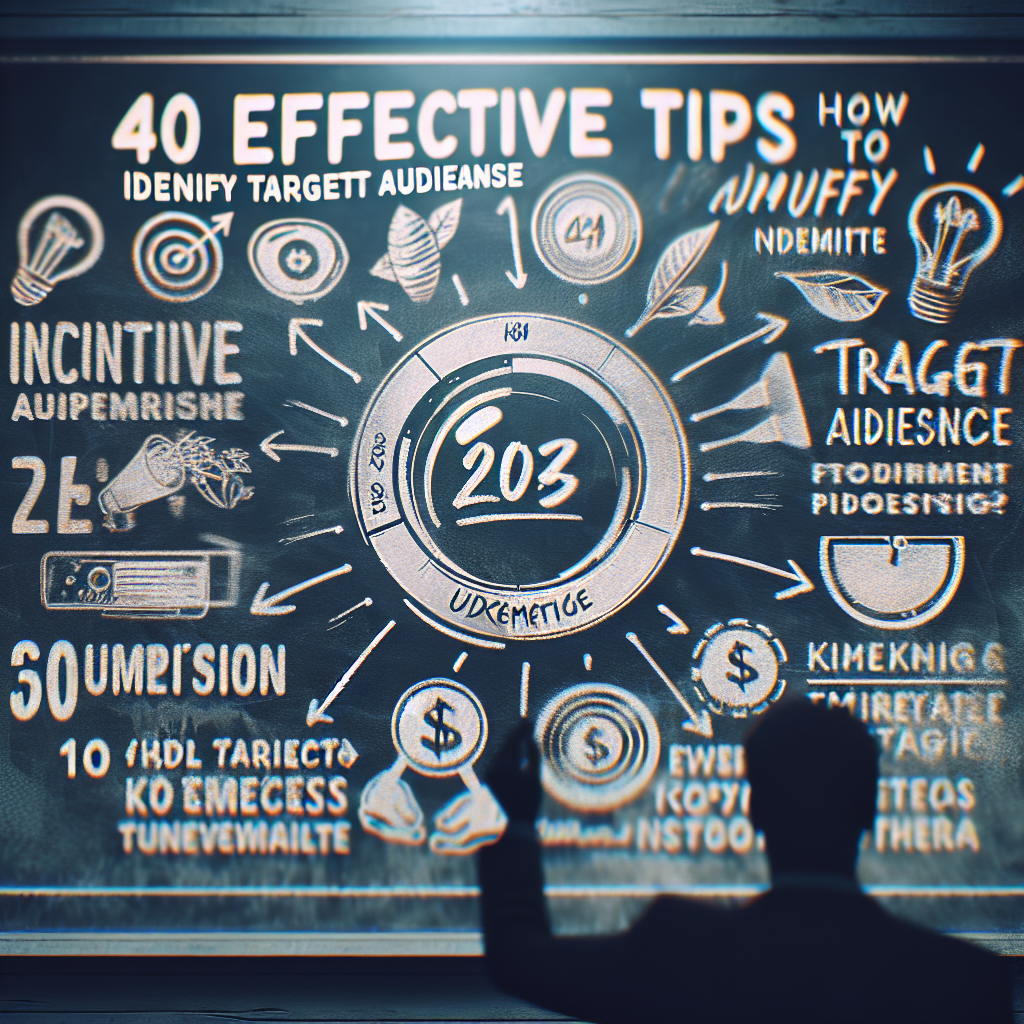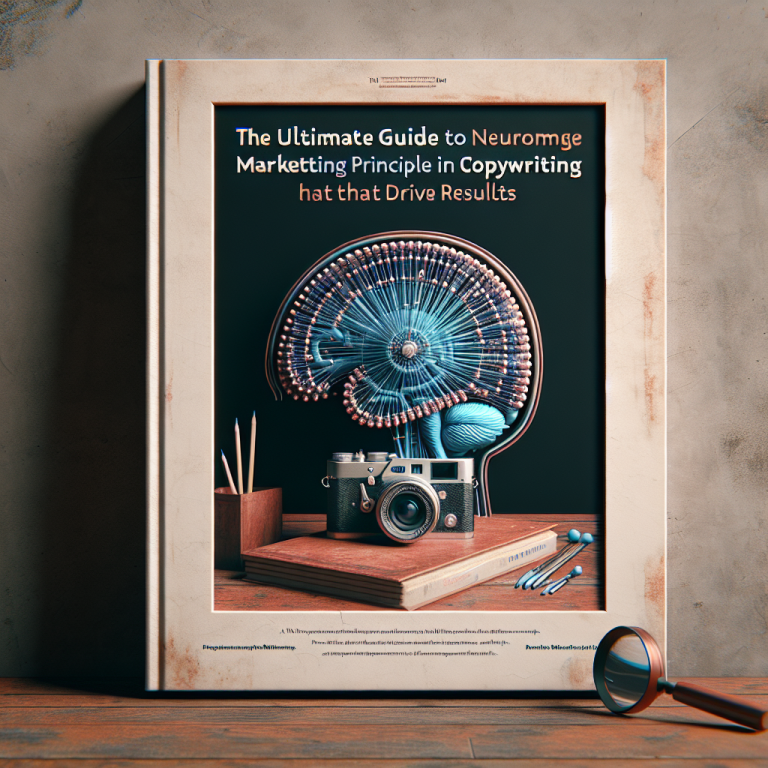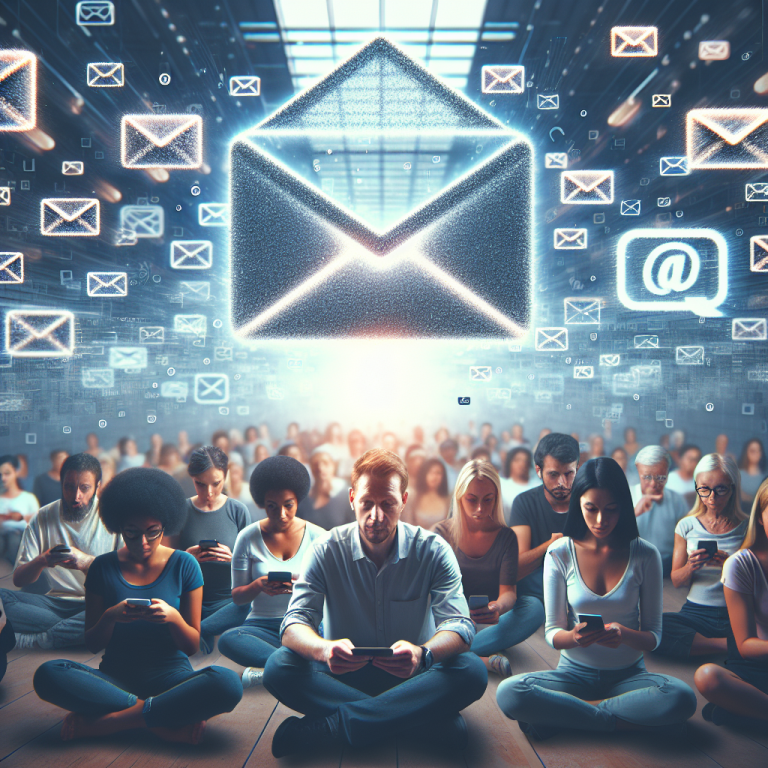10 Effective Tips on How to Identify Target Audience in 2025
- 1. Know Your Product or Service Inside Out
- 2. Analyze Market Trends and Data
- 3. Create Detailed Customer Personas
- 4. Use Advanced Analytics Tools
- 5. Conduct Customer Surveys and Interviews
- 6. Study Your Competitors’ Audiences
- 7. Segment Your Audience Effectively
- 8. Test and Refine Your Audience Profile
- 9. Personalize Your Marketing Strategies
- 10. Monitor and Adjust Your Audience Insights Regularly
1. Know Your Product or Service Inside Out
Understanding Your Offerings’ Core Benefits
Before figuring out how to identify target audience, itâs crucial to fully understand your product or service. What problems does it solve? What benefits does it provide? In 2025, consumers increasingly seek products aligned with their values and lifestyle, so knowing your offerings deeply helps target the right demographic. For example, a sustainable skincare brand should aim at eco-conscious consumers who prioritize green products.
Knowing your productâs unique selling points (USPs) enables you to create messaging that resonates with specific groups. When you understand your offerings thoroughly, itâs easier to match them with the needs and desires of your target audience. This foundational knowledge informs your overall marketing strategy and helps identify who benefits most from your products.
As an example, a tech gadget brand emphasizing cutting-edge innovation will target early adopters and tech enthusiasts, while a family-oriented brand might focus on parents seeking safe and reliable products.
Matching Product Features with Customer Needs
In 2025, the best marketers match product features to customer needs precisely. Conduct research to discover what features your potential customers prioritize. Use feedback and reviews to understand pain points and preferences.
Creating a clear link between your productâs features and the customerâs problems is a powerful way to identify your audience. For example, if your health app tracks mental wellness, your target audience might be stressed professionals seeking mental health solutions.
This process allows you to refine your messaging, making it easier to communicate directly to those who need your product most. The better you understand your product in context of customer needs, the clearer your target audience becomes, especially in 2025âs competitive marketplace.
2. Analyze Market Trends and Data
Leveraging Industry Reports and Data Analytics
To effectively identify your target audience in 2025, analyze industry reports, census data, and market analytics. Trends reveal whoâs buying now and predict future shifts. For instance, in 2025, digital health products are booming as consumers prioritize wellness and self-care.
Marketers should utilize sources like Statista, IBISWorld, and government publications to gather insights. These provide demographic information, buying habits, and cell phone or internet usage patterns. Data-driven insights help refine your audience profile accurately.
By understanding broader market dynamics, you can discover underserved segments or emerging niches that align with your business goals, ensuring your marketing efforts are targeted and effective.
Tracking Consumer Behavior and Preferences
In 2025, consumer behavior is even more digitally driven. Use tools like Google Trends, social media analytics, and customer behavior platforms to monitor preferences and habits. These tools reveal what your potential customers are searching for, discussing, or purchasing online.
For example, a fitness apparel brand might find an increase in searches related to athleisure wear among millennials and Gen Z in urban areas. This data helps you tailor your marketing to reach those segments more effectively.
Regularly analyzing this information helps anticipate trends and shifts, enabling you to adapt your targeting strategies swiftly and accurately.
3. Create Detailed Customer Personas
The Power of Customer Personas in Audience Identification
Customer personas are fictional yet data-backed representations of your ideal customers. They help you visualize who your audience truly is by combining demographic, psychographic, and behavioral data. In 2025, detailed personas are essential for tailored marketing efforts.
For example, you might create a persona like âEco-conscious Emily,â a 30-year-old professional interested in sustainable products. Knowing her preferences helps you craft messaging that resonates specifically with her worldview.
Developing personas relies on research, interviews, and data analysis, allowing your marketing to be more focused and impactful.
How to Build Effective Customer Personas
Start by collecting data from your existing customers, surveys, and social media insights. Identify patterns in age, location, interests, and buying behavior. Use this data to create multiple personas representing different segments within your target audience.
In 2025, incorporating AI-driven tools can automate the creation of these personas, making them more accurate and dynamic. Regular updates ensure your personas evolve with changing consumer trends, maintaining relevance.
Remember, the goal is to understand motivations, pain points, and goals, so you can craft targeted messages that truly connect.
4. Use Advanced Analytics Tools
Leveraging AI and Machine Learning
Advanced analytics tools powered by AI can analyze vast amounts of data quickly and accurately, making it easier to identify and understand your target audience. In 2025, tools like IBM Watson, Google Analytics 4, and customer data platforms provide real-time insights into customer behavior.
These platforms help segment your audience based on online behavior, purchase history, and engagement patterns, allowing for highly personalized marketing.
For example, by analyzing user interactions, machine learning algorithms can predict future buying behaviors, enabling proactive targeting strategies.
Integrating Multichannel Data
Effective audience identification involves combining data across multiple channels: social media, email, website visits, and offline interactions. Integrating these sources gives a holistic view of your customer base.
In 2025, omnichannel analytics become standard practice. This approach uncovers hidden segments and helps you understand how different channels influence your target audienceâs decision-making process.
Using such insights, your marketing campaigns can be more coherent, targeted, and effective across all touchpoints.
5. Conduct Customer Surveys and Interviews
Gather Direct Feedback from Your Audience
Direct communication with your potential or existing customers is invaluable. Surveys and interviews provide qualitative insights into their needs, preferences, and pain points. In 2025, digital survey tools like Typeform and SurveyMonkey make it easier than ever.
Ask open-ended questions about what they value most, how they use your product, and what improvements they desire. This information helps in refining your audience profile.
For instance, many brands now use live chat and interactive surveys to gather instant feedback, enabling rapid adjustments to their targeting strategies.
Analyzing Survey Data for Audience Segmentation
Once collected, analyze survey responses to identify common themes and segments within your audience. Use clustering techniques to group similar respondents based on shared characteristics.
This segmentation helps you craft customized messages and offers, increasing engagement and conversions. In 2025, AI-powered analysis tools make the process faster and more accurate.
Regularly conducting surveys ensures your target audience insights stay current, allowing your marketing efforts to adapt to evolving consumer preferences.
6. Study Your Competitors’ Audiences
Analyzing Competitor Marketing and Customer Base
Examining your competitors helps uncover untapped or overlooked segments. Analyze their marketing campaigns, social media followers, and customer reviews. This reveals who is already interested in similar products or services.
Tools like SEMrush, SimilarWeb, and Social Blade provide data on competitorsâ audiences, including demographics and online behaviors. In 2025, competitive analysis is a staple for refining your own target audience.
Applying this knowledge can help you differentiate and target segments your competitors may be missing.
Identifying Gaps and Opportunities
Look for gaps in competitorsâ targeting. For example, if they focus heavily on young adults, you might explore targeting older demographics with similar interests. This strategic approach opens new avenues.
By studying competitorsâ strengths and weaknesses, you better understand how to position your offerings uniquely. This hands-on insight streamlines how to identify target audience segments effectively.
Continually monitoring the competitive landscape ensures you stay ahead in audience targeting in 2025.
7. Segment Your Audience Effectively
Using Behavioral and Demographic Data
Audience segmentation divides your market into smaller, more manageable groups based on specific criteria. Demographics like age, income, location, and gender are traditional segments, but behavioral dataâsuch as browsing habits or purchase historyâis increasingly valuable in 2025.
This layered approach allows for precise targeting, resulting in higher engagement. For example, segmenting based on purchase frequency helps in designing loyalty programs for your most active customers.
Tools like HubSpot and Mailchimp facilitate creating these segments seamlessly, supporting targeted campaigns that speak directly to each group’s interests.
Creating Dynamic Segments for Better Reach
Dynamic segmentation updates automatically based on real-time data inputs, enabling your audience lists to evolve with consumer behaviors. This flexibility ensures your marketing remains relevant and timely.
For example, if a customer shows intermittent activity, they might be targeted with re-engagement offers. As behaviors shift, your segments adapt accordingly.
This approach is essential for maintaining a close connection with your audience, enhancing response rates and customer loyalty in 2025.
8. Test and Refine Your Audience Profile
A/B Testing for Precision Marketing
Consistently testing different messaging, offers, and targeting criteria helps identify what resonates best. A/B testing allows you to compare two versions of a campaign or ad set to see which performs better.
In 2025, automation tools enable rapid testing cycles, providing instant feedback. Use results to refine your audience profile, ensuring your messages reach the right people more effectively.
For example, testing different headlines for a product launch can reveal which appeals most to your target segments, ultimately leading to more effective marketing.
Utilizing Feedback Loops for Continuous Improvement
Establish feedback loops by continuously collecting data from campaigns and customer interactions. This iterative process helps in adjusting your target audience based on real-world responses.
For example, use social media comments, reviews, and engagement metrics to understand evolving preferences. Feedback loops make your audience identification process dynamic and adaptable in 2025.
Regular assessment and refinement boost your campaign effectiveness and ROI by keeping your targeting accurate and relevant.
9. Personalize Your Marketing Strategies
Crafting Customized Content for Your Audience
Personalization increases engagement by delivering relevant content to each audience segment. Use insights from customer data to tailor your messages, offers, and visuals. Personalization is especially important in 2025 amid increasing data privacy laws and consumer expectations.
For example, tailored email campaigns that recommend products based on browsing history perform significantly betterâboosting open rates by up to 50%.
Investing in content personalization tools ensures your marketing hinges on how well you understand your target audienceâs preferences.
Utilizing AI for Real-Time Personalization
AI algorithms analyze customer interactions in real-time, dynamically adjusting website content, recommendations, and offers. This results in a seamless, personalized user experience.
In 2025, deploying AI-driven personalization systems enhances how to identify target audience segments by focusing on individual behaviors and preferences.
This level of precision not only improves conversion rates but also fosters long-term loyalty, as customers feel understood and valued.
10. Monitor and Adjust Your Audience Insights Regularly
Tracking Campaign Performance and Trends
Consistent monitoring of your marketing campaigns helps you learn what works and what doesnât. Use analytics dashboards to track key metricsâclick-through rates, conversion rates, engagement levelsâon an ongoing basis.
In 2025, real-time data enables swift adjustments, ensuring your target audience remains accurately defined and engaged.
For example, if a particular segment shows declining engagement, reevaluate the messaging or offers for that group.
Adapting to Evolving Customer Needs
Customer needs and preferences shift over time, making it essential to stay adaptable. Conduct periodic reviews of your audience insights, incorporating new data from surveys, analytics, and market research.
This ongoing process allows you to stay relevant and competitive, ensuring your marketing strategies reflect the current landscape of your target audience.
In 2025, agility in audience identification is key to sustained success.
Conclusion
Mastering how to identify target audience is foundational for effective marketing in 2025. By understanding your product, analyzing current trends, creating detailed personas, leveraging advanced tools, and continuously refining your approach, you position your brand for success. Remember, in this fast-evolving landscape, staying informed and adaptable is vital. Keep these 10 tips in mind to build robust audience profiles that drive meaningful engagement and growth.
Frequently Asked Questions
1. Why is it important to know how to identify target audience?
Understanding your target audience helps create more relevant marketing messages, improves engagement, and boosts sales by focusing resources on those most likely to buy your products or services.
2. How often should I update my target audience profile in 2025?
Regular updates are essentialâat least every 6 monthsâespecially as consumer behaviors evolve rapidly with new technology and market trends.
3. What tools are best for how to identify target audience?
Popular tools include Google Analytics, social media insights, customer surveys, AI platforms like IBM Watson, and competitor analysis tools like SEMrush.
4. Can I identify my target audience without advanced tools?
Yes, by conducting customer surveys, analyzing basic demographic data, and studying competitors, but advanced tools provide more precise and scalable insights.
5. How does demographic data help in audience identification?
Demographic data helps segment your audience based on age, gender, income, etc., allowing for targeted messaging that resonates more effectively with each group.









